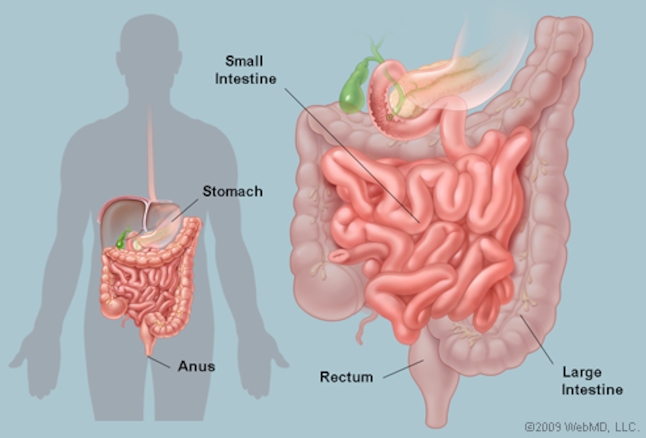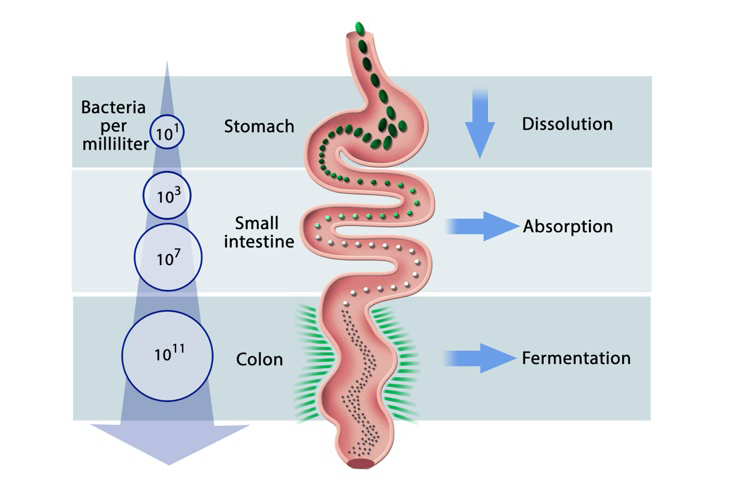Tem4
From Alfino
Jump to navigationJump to search
Contents
2: SEP 9. Unit 1: Food Health and Nutrition
Assigned Work
- Sonnenbergs, C 1, "What is the Microbiota and Why Should I Care?" (26)
- Sonnenbergs, C 5, "Trillions of Mouths to Feed" (111-136) (25)
- Food biographies due by midnight before this class.
Assignment Due
- Complete your food biographies (see instructions on Class Day #1)
- Recommended: View one of these gut movies:
- Medical Revolution The Gut Microbiome
- The Gut: Our Second Brain -- Please do try to watch this one. It has some remarkable graphics and the science reporting is very good as well.
Sonnenbergs, C 1, "What is the Microbiota and Why Should I Care?"
- How the world looks to a microbiologist! "Without microbes humans wouldn't exist, but if we all disappeared, few of them would notice." 10
- Introduction to the Tube and digestion
- Microbiota Case against the Western Diet
- Sets the history of human diet in context. Agriculture already a big change, but then industrial ag / industrial foods
- Adaptability of M remarkable. Makes us omnivores.
- Baseline M - cant' be health Western Diet eaters. studies of groups like Hadza -- far more diverse.
- 19 - Evolved Symbiotic relationship between us and bacteria --
- types of symbiotic relationship - parasitic, commensal (one party benefits, little or no effect on the other), mutualism.
- The heart warming story of Tremblaya princeps and Moranella endobia. (21) -- why we should be happy mutualists. Delegation and division of labor might create resiliance.
- 22-30 - Cultural History and History of Science on Bacteria -- or, how germs got such a bad name.
- Pasteur -- germ theory of diseases.
- The Great Stink 1858 London, Miasma theory disproved, Cholera bacterium, not isolated until near end of century. Dr. Robert Koch.
- 60-70's: Abaigail Salyers: early pioneer, 2008: Human Microbiome Project
- Contemporary research: gnotobiotic mice. early fecal transplant studies of [Dr. Jeffrey Gordon].
Sonnenbergs, C 5, "Trillions of Mouths to Feed"
- Microbiota extinction -- not just from change in foods, less fermented foods, more sterile food and sterile environments.
- To improve gut diversity, eat ferments and fiber. whole grains and rice. pets, gardens...pets help with our microbiota. (Elsewhere, food provokes an immune response. That's a good thing.)
- introduces acronym: MAC -- these are really complex carbs.
- Microbiota mechanisms:
- direct response to diet, "recyclers",
- life is hard for our M germs: no oxygen down there and transit time is fast. So they make SCFAs that can metabolize in the blood stream where there is oxygen.
- Why feed the gut? Isn't that just more calories? (116) - No. people with high scfa diets lose weight, decrease inflammation, Western diet diseases. Back to the connection between satiety and nutritional health. (N - S - P)
- Sig. claim: 117: "Providing more..."
- History of research -- field doctors: Thomas Cleave, 70s "The Saccharine Disease" "Bran Man"; Denis Burkitt studies comparing Western and Africans on fiber, stool quality, and health. Note on "transit time". Overconsumption of refined carbs. (S&S mention here that public health attention didn't stay on refined Carbs. fear of fat, elsewhere "lipidphobia" took more attention.)
- Carb chemistry/metabolism basics -- 120: also in our nutrition textbook chapters. Note unique types of saccharides in particular foods: read 121 and 126; Oligosaccharides ferment in gut. insulin resistance. Big point here. At the level of MACs, plant chemical diversity is reflected in diversity of M. and it's products.
- 122: glycemic index and glycemic load. show how to look up food values. note that glycemic index isn't really an issue with most whole fruits and vegetables.
- Measuring MACs - the authors acronym for Macrobiotically Available Carbohydrates. - no standard measure of dietary fiber (note discrepancies from above.) 124. mention that undernurished gut bacteria can start eating the mucus lining of the gut. (This was also in a segment of one of the gut movies.). Feed them or they'll eat you!
- RDAs: 29/38 grams. Actual 15 grams/day. 126: Notes that not all complex carbs are available to the M.
- research discovering enzyme in nori, a seaweed based sushi wrapper: found in Japanese guts. Helps digest fish. Note: Terrior. Local adaptation of the M.
- 128: Dutch research on rich and poor M. richness of M correlates with anti-inflammatory effects, thinness, low insulin resitane, metabolic potential for procarginogenic compounds.
- Gordon's famous 2013 FMT mouse research: need M and M-supporting diet. Note caveat 129. Can't just benefit from the microbes alone. Fecal transplant with poor diet killed off beneficial bacteria.
Refining MACs out of the diet.
- What's wrong with refined cereal seeds (130) (like Montgomery's account). Wheat bread vs. Wheat berries. The form of the food matters to the fiber count. Highly milled whole wheat flour will behave differently in your gut that rough milled.
- What about the Inuit?
- What about excess gas? Interesting consolations.
- 135: Note their dietary advice. A high MAC, non-industrial omnivorous diet.
Some implications of Microbiome research
- The form of the food you eat partly determines the kinds of nutrition you can get from it.
- Nutritional information about the food is incomplete for assessing potential nutrition from the food.
- Which part of you eats the food affects what kind of nutrition (and other benefits) you receive from it.

